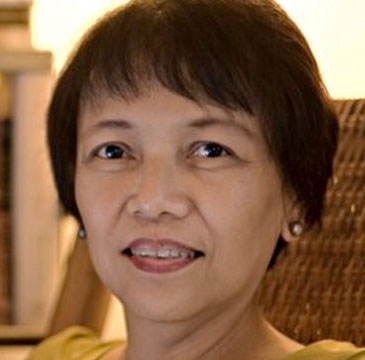SUMMARY
This is AI generated summarization, which may have errors. For context, always refer to the full article.
 One year after Renato Corona, the country’s top judge, was convicted, some things in the Supreme Court have remained the same. In a way, it’s like the Vatican. These institutions belong to a different timezone—where it feels like changes happen every century, where new ideas slowly seep through, rather than shake, mindsets.
One year after Renato Corona, the country’s top judge, was convicted, some things in the Supreme Court have remained the same. In a way, it’s like the Vatican. These institutions belong to a different timezone—where it feels like changes happen every century, where new ideas slowly seep through, rather than shake, mindsets.
READ: Corona triples wealth while at SC
To be fair, there are visible changes aimed at making the Court transparent. These include the disclosure of the Court’s financial reports (though still incomplete) and SALNs or statements of assets, liabilities, and net worth of justices. We can now hear oral arguments on the Court’s website.
Insiders say they feel some differences with the Corona regime. For one, the Chief Justice could no longer act unilaterally on administrative matters. The en banc has taken an active role in this sphere. Justices are more sensitive to public opinion when it comes to income tax payments and assets declaration. And the justices associated with President Gloria Arroyo are more circumspect in reviewing presidential issuances.
But our recent experience with the Court shows that old practices are returning.
As the new year opened, Rappler, through our reporter, Purple Romero, requested the Court for copies of the assets statements of Chief Justice Maria Lourdes Sereno and the 14 justices. It’s been close to 5 months—and despite a series of follow ups—the Court has not yet acted on our letter.
This is strange considering that days after Sereno was appointed chief justice in August 2012, the Court immediately released her 2011 SALN and, apparently in the rush, even gave away 2 versions, the correct and incorrect. This caused some fuss because both SALNs were received by the clerk of court on the same date and exact minute and had different entries for some of her assets. (Read the differences here and what these mean.)
At the time, the country had just undergone a tectonic shift, with the conviction of Chief Justice Corona. It was unprecedented and imparted lasting lessons, or so we thought, about honesty and transparency in public service.
READ: Corona convicted, removed from office
The SALN became the most talked about piece of document then. It morphed into the great leveller, as a low-ranking Court employee like Delsa Flores and the country’s top judge were convicted of the same crime: lying in one’s SALN.
When Sereno became chief justice, she had to file another SALN; the law requires this and the deadline is 30 days after her appointment. This new assets statement, together with the 2011 SALNs of the justices, is what we’ve been asking for.
Our interest in the SALNs is part of our continuing watch on the Court, especially after the impeachment earthquake that jolted it, to see what changes have been taking place. In journalistic parlance, we want to stay with the story.
Assets forfeiture?
Similarly, we learned that the request of the Office of the Ombudsman for the Court to provide “material documents”—these refer to certified true copies of documents—to pursue a forfeiture case versus Corona has not yet been heeded. Our sources say that the Supreme Court has advised the Ombudsman that they would refer this to the en banc. But, till today, the Court has not acted on it.
Ombudsman Conchita Carpio-Morales said in a TV interview last year that her office was keen on proceeding with the forfeiture case but they could only file it after elections.
A big chunk of the impeachment story dwelt on Corona’s hidden wealth. Without the impeachment process and the court’s power to subpoena, we would not have unearthed this treasure trove of allegedly ill-gotten assets.
But after we were astounded by his huge bank accounts and high-end properties, which clearly surpassed his earnings as a public official, we still do not know where his wealth came from.
Corona has not yet been brought to trial. So far, none of his assets have been forfeited because our legal environment makes this difficult to do. Forfeiture proceedings take years, a study on Philippine cases shows.
All this will take time, as our experience with corruption cases filed against former high government officials shows. And we may never know the answers or worse, find justice.
Forgetting Corona and the lessons from his conviction will be bad for the country’s anti-corruption drive. Yet we may be getting there. – Rappler.com
Add a comment
How does this make you feel?
There are no comments yet. Add your comment to start the conversation.